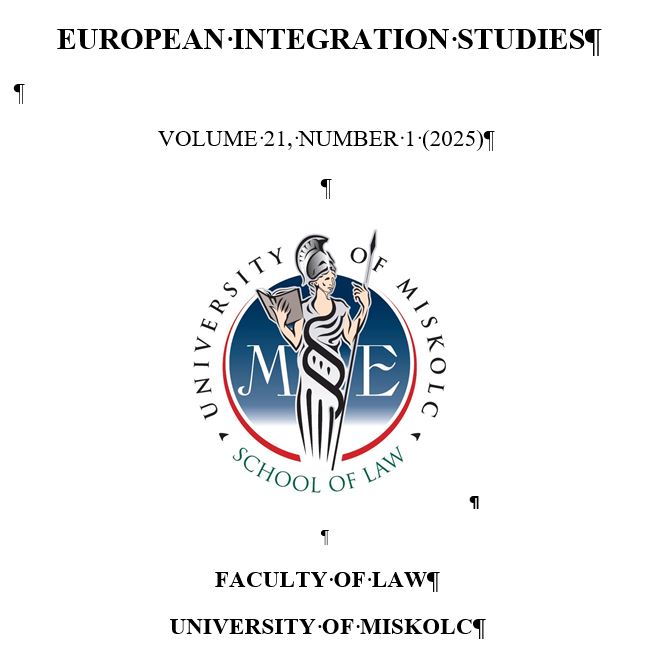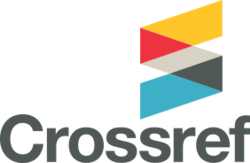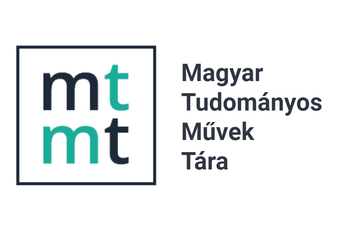The right of the child conceived by a donor to know his/her origin – Croatian legislation and trends in Europe
DOI:
https://doi.org/10.46941/2025.1.5Kulcsszavak:
the right of the child to know his/her origin, identity, donor anonymity, donor non-anonymity, medically assisted reproduction, Recommendation 2156 (2019), SoHO Regulation.Absztrakt
The Convention on the Rights of the Child under Art. 7 para. 1 provides the right of the child to know his or her origin as far as possible. It is not specifically designed for children conceived by donor gametes or embryos, but applies to them as well. The European Convention for the Protection of Human Rights and Fundamental Freedoms (Art. 8) guarantees protection of private and family life. The European Court of Human Rights interpreted that Art. 8 encompasses ‟the right to an identity and to personal development” and finally ruled in Gauvin-Fournis and Silliau v. France that it applies to donor-conceived people and that they have, in principle, a right to know each of their genetic parents. Historically, a donor had the right to privacy and, therefore, remained anonymous; a changed paradigm shifted the focus to persons conceived by the donor’s gametes or embryo.
This study analyses the development of representative national legislations that adopt different approaches: those that accept the anonymity of the donor principle, those that accept the non-anonymity principle, and those that accept multiple choices concerning donor’s anonymity.
The first has been slowly abandoned in national legislations, however, it continues in liberal and some Central European states. Some states attempt to provide protection, at least by providing choice of non-anonymity/anonymity to the donor.
At the European level, Recommendation 2156 (2019) – Anonymous donation of sperm and oocytes: balancing the rights of parents, donors and children of the Parliamentary Assembly of the Council of Europe pushes towards non-anonymity; however, it is not binding. This concept is questionable if the European Union has jurisdiction over such issues, therefore, the 2024 Regulation of the European Parliament and of the Council on standards of quality and safety for substances of human origin (SoHO) intended for human application did not intervene in this area, leaving its regulation to national states.
The concluding remarks offer arguments in favour of anonymity and non-anonymity and conclude that legislators should always consider the interests of children and persons conceived, as the state is responsible for the protection of their rights.
Hivatkozások
Baetens, P., Devroey, P., Camus, Van Steirteghem, A.C., Ponjaert, Kristoffersen, I. (2000) ‘Counselling couples and donors for oocyte donation: the decision to use either known or anonymous oocytes’, Human Reproduction, 15(2), pp. 476–484; https://doi.org/10.1093/humrep/15.2.476.
Bay B, Larsen P. B., Kesmodel U. S., Ingerslev H. J. (2014) Danish sperm donors across three decades: motivations and attitudes, Fertility and Sterility, 101(1), pp. 252-257; https://doi.org/10.1016/j.fertnstert.2013.09.013.
Binet, J. R. (2022) ‘Access of persons conceived by gamete donation to information on their origins, Comparative study’, Council of Europe.
Casteels, P., Nekkebroeck, J., Tournaye, H. (2024) ‘Perspectives on sperm donor anonymity: insights from donor-conceived adults in Belgium’, Human Reproduction, 39(9), September 2024, pp. 2021-2031; https://doi.org/10.1093/humrep/deae160.
Draškić, M. (1992) ‘Porodičnopravni aspekti artificijelne inseminacije‘, Anali Pravnog fakulteta u Beogradu, 40(4), pp. 239-264.
Griessler, E., Hager, M., (2016) ‘Changing direction: the struggle of regulating assisted reproductive technology in Austria‘, Reproductive Biomedicine & Society Online, 3. 2016, pp. 68-76; https://doi.org/10.1016/j.rbms.2016.12.005, https://www.sciencedirect.com/science/article/pii/S2405661817300059.
Hodgkin, R., Newell, P. (2007) Implementation Handbook for the Convention on the Rights of the Child, Geneva, New York, UNICEF. [Online]. Available at: https://www.unicef.org/lac/media/22071/file/Implementation%20Handbook%20for%20the%20CRC.pdf (Accessed 28 September 2024).
Koukoulis, A. N. (2023) ‘Secrecy & anonymity in donor assisted conception and the right to genetic origins information: The current status in Greece’, Medicine, science, and the law, 63(1), pp. 78–80; https://doi.org/10.1177/00258024221112560.
Korać, A. (1999) ‘Draft of the Croatian Act on Medically Assisted Procreation - Balancing Procreative Rights’, Društvena istraživanja: časopis za opća društvena pitanja, 8(2-3), pp. 229-239.
Korać Graovac, A. (2022) ‘Croatia: The Content of the Right to Parental Care’, in Sobczyk, P, ed. (2022) Content of the right to parental responsibility: Experiences – Analyses – Postulates. Studies of the Central European Professors' Network. Budapest: Central European Academic Publishing, pp. 37-72; https://doi.org/10.54237/profnet.2022.pscrpr_3.
Kovaček Stanić, G. (2008) ‘Legislativa o ljudskoj reprodukciji uz biomedicinsku pomoć Centar za izdavačku delatnost – Pravni fakultet, Novi Sad.’
Mulligan, A. (2022) ‘Anonymous gamete donation and Article 8 of the European Convention on Human Rights: The case for incompatibility’, Medical Law International, 22(2), pp. 119-146; https://doi.org/10.1177/09685332221096210.
Muñoz, M., Abellán-García, F., Cuevas, I. Documento sobre posicionamiento de la Sociedad Española de Fertilidad respecto de la regla del anonimato en las donaciones de gametes, Madrid: Sociedad Española de Fertilidad (S.E.F.) [Online]. Available at:https://www.cra.barcelona/wp-content/uploads/2019/10/posicionamientoAnonimato-Donantes-SEF.pdf (Accessed: 1 September 2024).
Preložnjak, B. (2020) ‘Modern challenges in the implementation of the child’s right to know his origin’, EU and Comparative Law Issues and Challenges Series (ECLIC), 4, pp. 1175–1203; https://doi.org/10.25234/eclic/11944.
Riano-Galán, C., Martínez González, C., Gallego Riestra S, (2021) ‘Cuestiones éticas y legales del anonimato y la confidencialidad en la donación de gametos’, An Pediatr (Barc), 94(5), pp. 337e1-3307e6; https://doi.org/10.1016/j.anpede.2021.02.004.
Šimonović, D. (1996) ‘Legal Regulation of Medically Assisted Procreation’, Doctoral Thesis, University in Zagreb.
Zegers-Hochschild F, Adamson GD, Dyer S, Racowsky C, de Mouzon J, Sokol R, Rienzi L, Sunde A, Schmidt L, Cooke ID, Simpson J. L., van der Poel S. (2017) ‘The International Glossary on Infertility and Fertility Care’, Human Reproduction, 32(9), pp. 1786–1801; https://doi.org/10.1093/humrep/dex234.
ESHRE, Regulation on standards of quality and safety for substances of human origin intended for human application (SoHO Regulation) – summary for professionals in the field of medically assisted reproduction, September 2024. [Online]. Available at: https://www.eshre.eu/Europe/Factsheets-and-infographics (Accessed 27 September 2024).
Explanatory Memorandum: Anonymous donation of sperm and oocytes: balancing the rights of parents, donors and children, by Mrs Petra de Sutter, (2019), Report, Doc. 14835 20 February 2019. [Online]. Available at: https://assembly.coe.int/nw/xml/XRef/Xref-XML2HTML-en.asp?fileid=25439, (Accessed 28 September 2024).
Infertility Treatment Market. [Online]. Available at: https://www.futuremarketinsights.com/reports/infertility-treatment-market. (Accessed 30 September 2024).





